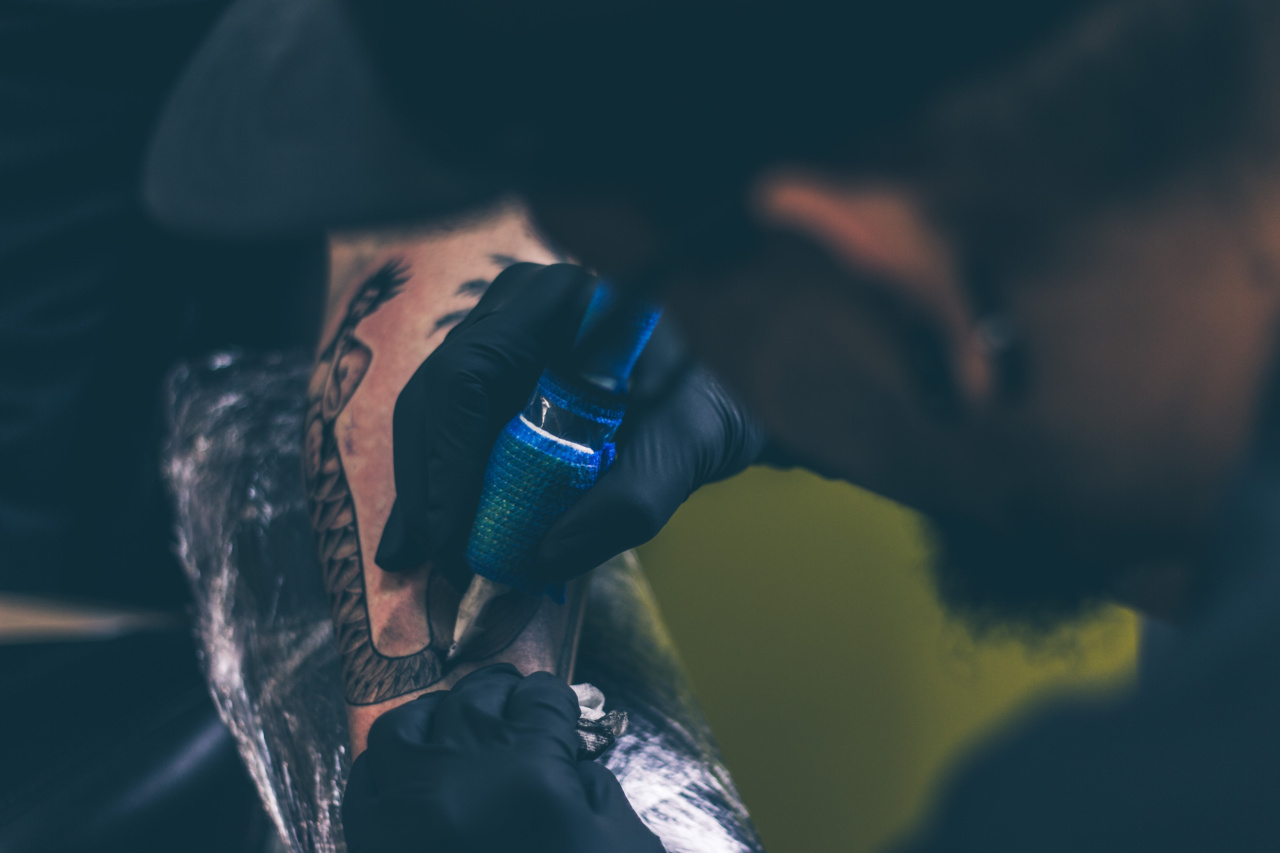Skin lightening creams have gained popularity in recent years as people strive to achieve lighter skin tones. These creams promise to lighten dark spots, even out skin tone, and provide a fairer complexion.
While the desire for lighter skin is deeply rooted in social and cultural norms, the use of skin lightening creams comes with its own set of risks and dangers. In this article, we will explore the dark side of skin lightening creams and shed light on the potential harm they can inflict on individuals.
The Adverse Effects of Skin Lightening Creams
1. Skin Irritation and Allergic Reactions.
Skin lightening creams often contain harsh chemicals such as hydroquinone, mercury, and steroids. These ingredients can cause skin irritation, redness, itching, and swelling.
Prolonged use may lead to severe allergic reactions, including blistering and skin peeling.
2. Skin Discoloration.
Ironically, continuous use of skin lightening creams can result in skin discoloration. The uneven application of these creams can lead to patches of darker or lighter skin, creating an unnatural and unhealthy appearance.
3. Increased Vulnerability to Sun Damage.
Some skin lightening creams make the skin more sensitive to sunlight. This can further increase the risk of sunburns, premature aging, and the development of skin cancer.
4. Acne and Breakouts.
Many skin lightening creams contain comedogenic ingredients, which clog the pores and contribute to acne breakouts. The constant use of these creams can exacerbate existing acne conditions or even trigger new ones.
5. Presence of Toxic Substances.
Several skin lightening creams, especially those from unauthorized sources, may contain toxic substances such as mercury. Mercury is a highly hazardous substance and can lead to mercury poisoning when absorbed into the body.
The Psychological Impact
The use of skin lightening creams can have a profound psychological impact on individuals, especially those with a darker complexion.
The perpetuation of colorism and the belief that lighter skin is more attractive can lead to low self-esteem, body dysmorphia, and even mental health issues.
1. Body Dysmorphia and Dysphoria.
Constantly striving for a lighter complexion can result in body dysmorphia – a mental health disorder characterized by obsessive thoughts about perceived flaws in appearance.
This, in turn, can give rise to dysphoria, causing individuals to feel discomfort and distress about their own bodies.
2. Cultural Identity Crisis.
Skin color plays a significant role in cultural identity. The use of skin lightening creams can instigate a crisis of identity as individuals attempt to conform to societal beauty standards rather than embracing their natural skin tone.
3. Negative Body Image.
The pressure to conform to Eurocentric beauty standards can lead to negative body image among individuals with darker skin tones. This can result in feelings of inadequacy and dissatisfaction with one’s appearance.
The Unregulated Market
One of the concerning aspects of skin lightening creams is the lack of proper regulation in many parts of the world.
Unscrupulous manufacturers often produce these creams without adhering to safety guidelines or disclosing their full list of ingredients. This makes it difficult for consumers to make informed choices and increases the risk of using harmful products.
The Importance of Education and Awareness
Given the dark side of skin lightening creams, it is crucial to educate individuals about the potential risks and societal pressures associated with their use.
Promoting self-acceptance, celebrating diversity, and challenging beauty standards can help individuals embrace their natural beauty without resorting to potentially harmful products.
Conclusion
While skin lightening creams may promise a fairer complexion, the risks and dangers associated with their use far outweigh the potential benefits.
From skin irritation and discoloration to increased vulnerability to sun damage and mental health issues, these creams pose serious threats to individuals. It is essential to prioritize self-acceptance and celebrate the diverse beauty that exists in every skin tone.































